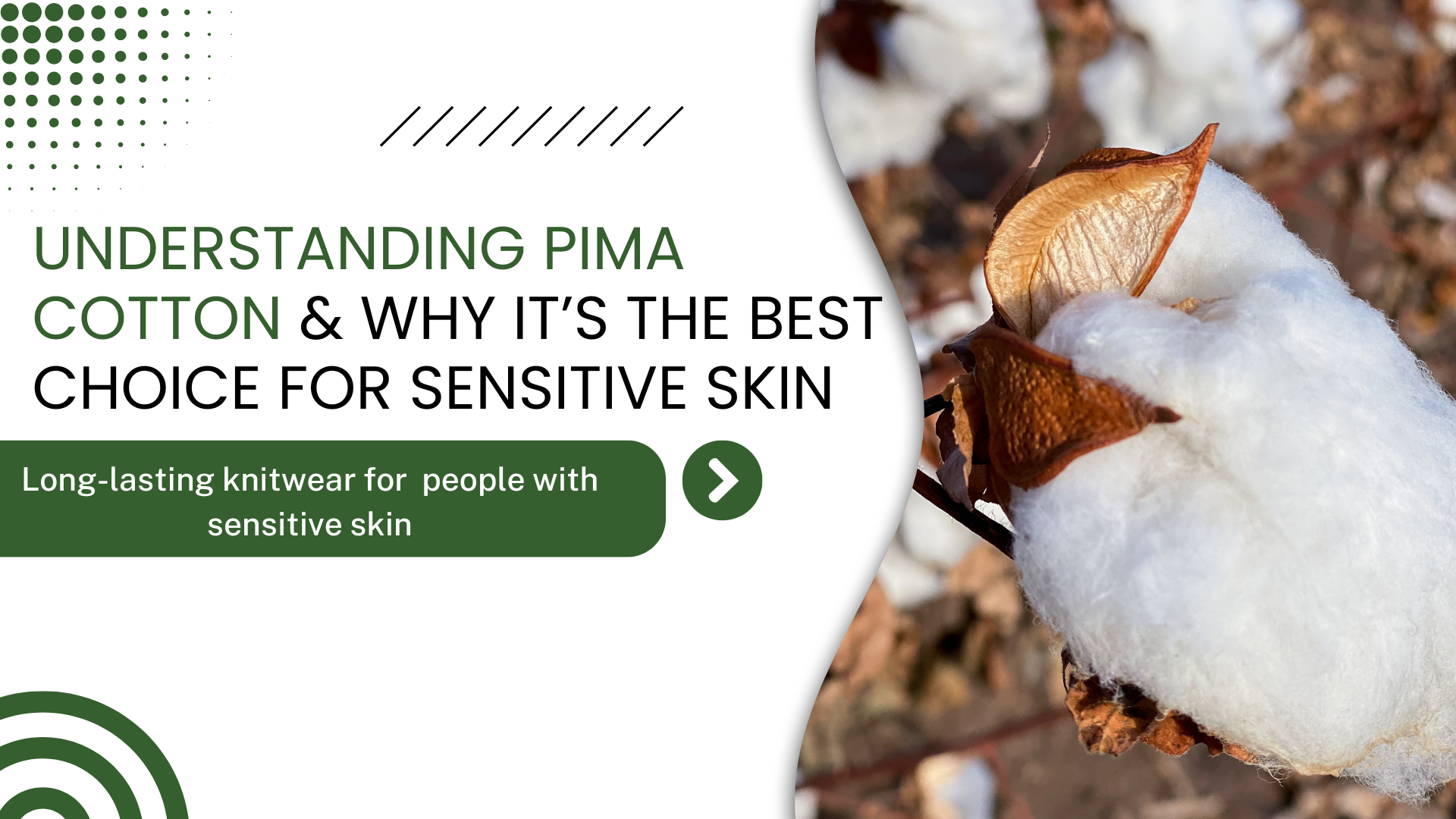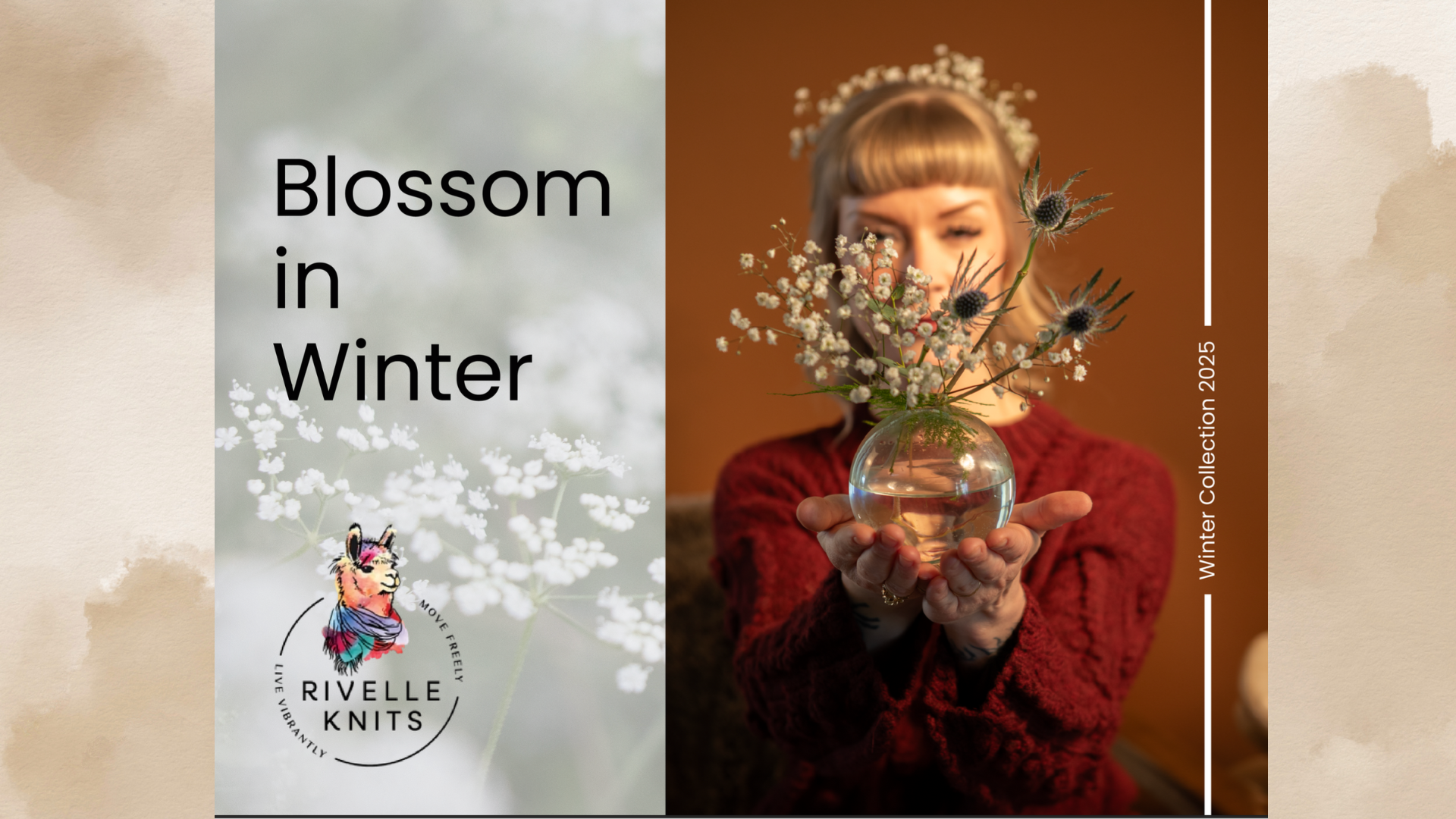
Discover the benefits of Pima cotton and why it's the perfect fabric for people with sensitive skin.
What is Pima Cotton?
Pima cotton is a premium cotton variety known for its extra-long staple fibers (ELS), providing softness, strength, and breathability. Originating from the Gossypium barbadense plant, it is considered one of the finest types of cotton available.
Pima Cotton vs. Other Fabrics
| Fabric Type | Softness | Durability | Breathability | Skin-Friendliness |
|---|---|---|---|---|
| Pima Cotton | ⭐⭐⭐⭐⭐ | ⭐⭐⭐⭐⭐ | ⭐⭐⭐⭐⭐ | ⭐⭐⭐⭐⭐ |
| Regular Cotton | ⭐⭐⭐ | ⭐⭐⭐ | ⭐⭐⭐ | ⭐⭐⭐ |
| Egyptian Cotton | ⭐⭐⭐⭐⭐ | ⭐⭐⭐⭐⭐ | ⭐⭐⭐⭐ | ⭐⭐⭐⭐ |
| Synthetic Fabrics | ⭐⭐ | ⭐⭐⭐⭐ | ⭐⭐ | ⭐⭐ |
Why Pima Cotton is Ideal for Sensitive Skin
- Hypoallergenic: Pima cotton is less likely to cause irritation or allergic reactions.
- Breathable: Allows air circulation, preventing excessive sweating and rashes.
- Ultra-soft: The long fibers create a smooth texture, reducing skin friction.
- Recommended by dermatologists: Ideal for individuals with eczema or allergies. Please consult with your doctor if you have sensitive skin.
Sustainability & Ethical Production of Pima Cotton
Pima cotton is often grown using eco-friendly farming techniques that reduce water usage and avoid harmful pesticides. Additionally, many manufacturers focus on fair-trade and ethical labor practices.
Frequently Asked Questions (FAQs)
Is Pima Cotton good for people with eczema?
Yes! Its hypoallergenic and breathable properties make it a great choice for eczema-prone skin.
How does Pima Cotton compare to organic cotton?
Both are skin-friendly, but Pima cotton has longer fibers, making it softer and more durable. Usually, when companies mention "organic cotton" and not the varietal (Pima, Egyptian), it usually means they are using a blend of cotton types or varietals.
This blend can include shorter staple fibers, which may not be as soft, strong, or long-lasting as Pima cotton. While organic cotton is grown without synthetic pesticides or fertilizers, it does not necessarily mean it has the same luxurious feel or durability as Pima cotton.
Pima cotton, on the other hand, is specifically an extra-long staple (ELS) cotton variety, making it naturally softer, smoother, and more resistant to pilling. Some Pima cotton is also grown organically, meaning you can find organic Pima cotton that offers both sustainability and superior quality. Be sure to look out for the USDA Organic Pima Cotton certification.
If you prioritize ultimate softness and durability, Pima cotton is the better choice.
At Rivelle Knits we use USDA Organic Pima Cotton that's handpicked from Peru. You can check out the Ella Dress in white or white and coffee. These dresses are the natural color of the USDA Organic Pima Cotton -- meaning they are undyed.
Where is Pima Cotton grown?
Primarily in the USA, Peru, and Australia. It is not commonly grown in China or Mongolia. At Rivelle Knits, we harvest our Pima Cotton in Peru. China and Mongolia are better know for harvesting cashmere.
How do I care for Pima Cotton?
Wash in cold water with mild detergent, avoid bleach, and dry at low temperatures to maintain softness. Be sure to check in back of the labels for specific care. At Rivelle Knits all of our items are dry cleaned, unless otherwise noted in the label.
--------
About Me
I started making my own clothes because what I found in department stores were not resonating with me — they lacked the quality and connection I wanted to feel when wearing them. I wanted pieces that felt unique, intentional, and worth investing in. Through this journey, I discovered a passion for crafting garments that not only reflect individuality but also prioritize quality, sustainability, and thoughtful design. This passion ultimately led to the creation of Rivelle Knits, where I strive to redefine what it means to buy and wear clothing with purpose.






Leave a comment